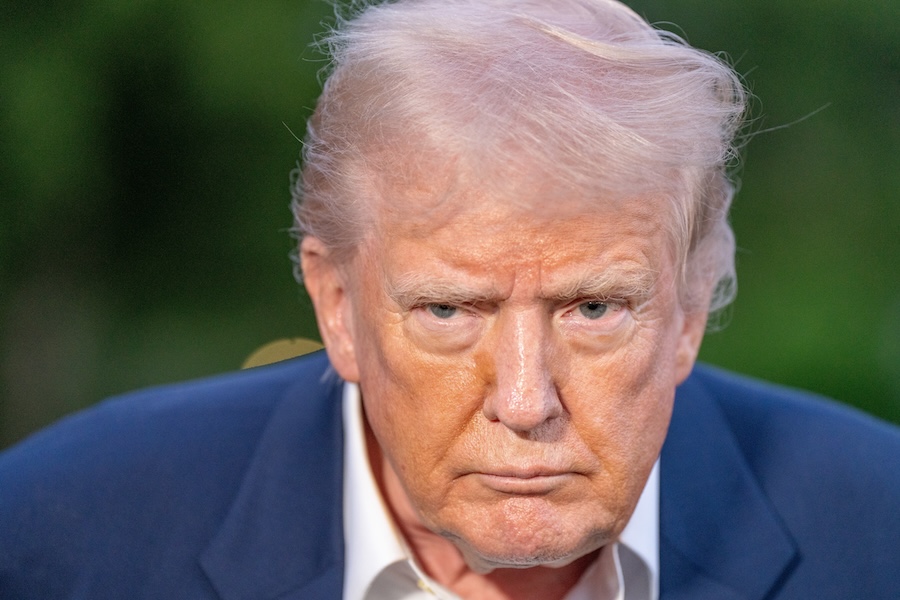For all the noise from media pundits decrying President Donald Trump’s bold economic measures in his second term, hard data from the Treasury Department is painting a much different picture — and it’s one his critics would rather ignore.
Despite massive resistance in Washington and continued opposition from globalist elites, the Trump administration has made headway in the fight against ballooning federal debt. Since his second inauguration in January, the national debt held by the public — the most meaningful portion of America’s debt, financed by outside creditors — has grown at a dramatically slower rate than during former President Joe Biden’s final stretch in office.
According to an analysis cited by the Washington Examiner, between Jan. 22 and May 6 of this year, the national debt held by the public increased by roughly $37 billion. During the same period in 2024, under Biden, the figure rose by over $478 billion. That amounts to a staggering 92% slowdown in the rate of debt growth — a figure that all but vindicates Trump’s effort to trim federal bloat through the Department of Government Efficiency.
While the overall decline in debt — approximately $5.5 billion — may appear modest in the context of a $26.2 trillion national debt, it’s the direction and speed of the change that matters most.

Washington Dc, United States, May 1 2025: President Donald Trump walks from the oval office to a waiting marine one to go to University of Alabama to speak
The progress comes amid a wave of aggressive economic reforms that mark a clear break from Biden-era policies. In early April, Trump announced a universal 10% tariff on all imports, a move he dubbed “Liberation Day.” Citing the International Emergency Economic Powers Act, the White House imposed even steeper tariffs on goods from China — amounting to an effective rate of 54%. With the goal to bring American manufacturing back home, protect U.S. workers, and rebalance long-abused trade relationships.
Critics warned of economic blowback, and to some extent, financial markets did react. Some economists project a 6% reduction in long-term GDP, a 5% hit to wages, and a $22,000 lifetime cost for middle-income families. But Trump has remained undeterred, arguing that short-term disruptions are a price worth paying for long-term independence from foreign dependence.
In an unusual twist from past Republican orthodoxy, Trump also proposed tax hikes on ultra-high earners. His plan raises rates on individuals making more than $2.5 million and families bringing in over $5 million, while closing the carried-interest loophole — a move expected to raise between $350 billion and $450 billion over four years according to MarketWatch.
Adding to the administration’s economic momentum, Trump recently locked in a major trade deal with the United Kingdom. The agreement lowers tariffs on key UK exports like steel and automobiles while ramping up UK purchases of U.S. agricultural and industrial goods. It’s a diplomatic shift that signals America’s willingness to work with allies even as it cracks down on adversaries like China.
Taken together, the numbers tell a compelling story. Trump’s combination of trade toughness, targeted tax policy, and bureaucratic belt-tightening may be unconventional, but the early fiscal results suggest it’s paying off.

